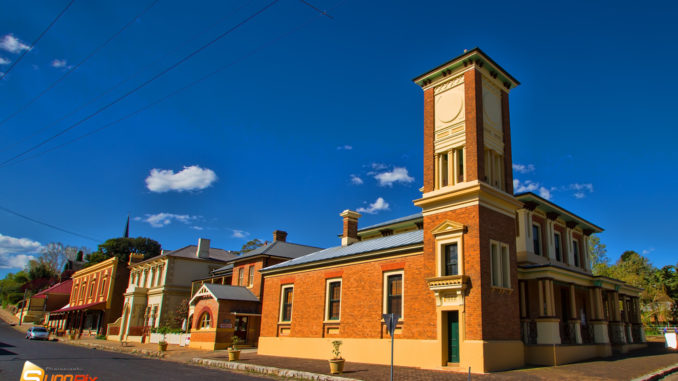
The village of Carcoar was founded circa 1836 and remains almost completely intact, untouched by the twentieth century.
The more you wander around the byways and backroads of Regional Australia the more you appreciate the endeavour, hard work and sense of community that was required to develop these settlements into thriving towns. From the architectural grandeur of the high street to the functional simplicity of the residential spaces, the towns had a sense of purpose and optimism.
There is considerable beauty still to be found even in those places whose best days were 50 years ago or more. From Australia’s first and last railway town, Werris Creek in NSW, to the magnificent colonial streetscapes of Beechworth in Vic or Carcoar in NSW, there is still much to see and appreciate away from the big Cities.
It’s not always possible to take every detour on the road less travelled or investigate all the “historic” towns that are highlighted on highway signs in every State.
While I try and make time to look at as many as possible there was one standout I nearly missed… Carcoar in NSW.
Carcoar is a town in the Central West region of New South Wales. In 2006, the population was just 218 people although it continues to evolve and has a thriving community with a focus on arts and heritage.
It is situated just off the Mid-Western Highway 258 km west of Sydney and 52 km south-west of Bathurst. It was never on any main road or highway and perhaps this is why it remains a window to life in an early 19th century small town.
Agriculture was initially the main source of income, but iron ore, cobalt and copper were soon discovered. In the 1850’s, gold was also found. Businesses flourished and the wealth of the district had phenomenally increased within a short period of time.
By 1850, Carcoar’s population had grown to over 1000.
The closing of The Blayney – Cowra railway line, followed by the Court House closure and discovery of gold in other parts of the colony led to the slow decline of Carcoar.
Carcoar is now one of Australia’s most pristine and authentic historic villages.
Carcoar was once one of the most important government centres in Western New South Wales. The town has been classified by the National Trust due to the number of intact 19th-century buildings and is the third oldest settlement west of the Blue Mountains.
Buildings to look for;
- Court House (1882)
- Post Office (1879)
- CBC Bank (1877)
- Bakers Terrace (1879)
- Commercial Hotel (1863)
- Commercial Bank (1862)
- Enterprise Stores (1851)
- City Bank (1886)
- St Paul’s Rectory (1849)
- St Paul’s Anglican Church (1845)
- Criterion Hotel (c.1860)
- Church of Immaculate Conception (1870)
- Catholic Convent (1874)
- St James Presbyterian Church (1861)
- Presbyterian Manse (1862)
- Public School (1884)
- Police Station (1884)
- The Saddlery (1844)
- Courthouse Hotel (1870)
- School of Arts (1901)
- Victoria Hotel (1878)
- Flour Mill (1850)
- Private Hospital (1880)
- Station Masters Residence (1888)
- Railway Station (1888)
- Stoke Hotel (1880)
- Stoke Stable (1849)
- Blenheim Hall (1859
- Boxhall’s Inn (1870)
- Showground (1877
- Hospital (1862)
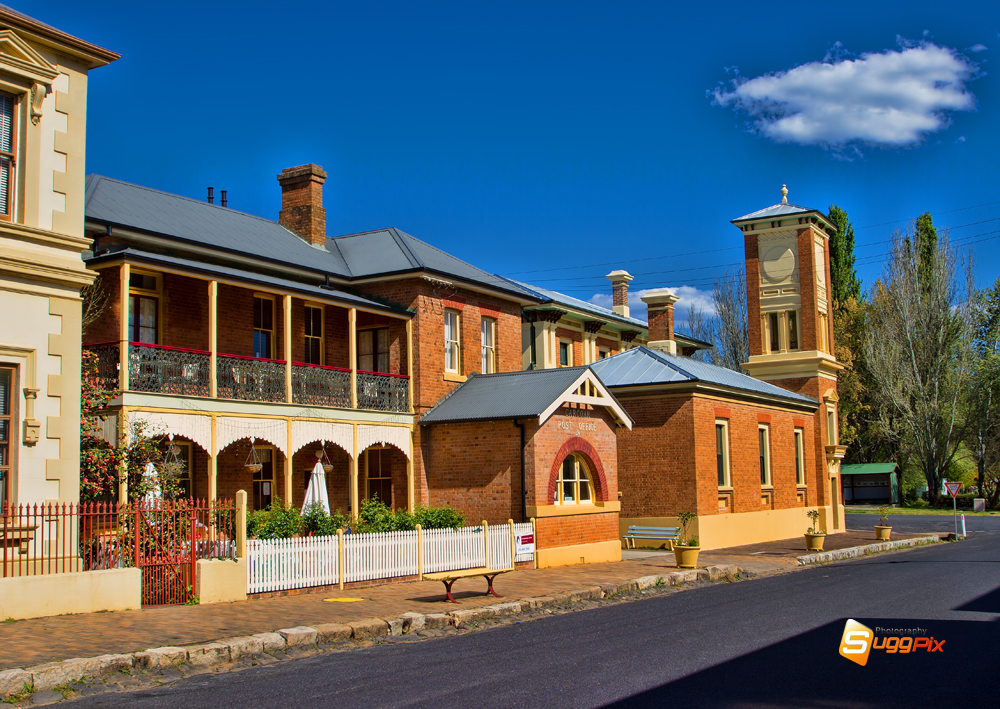


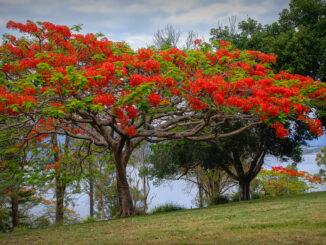
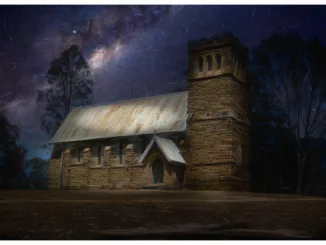
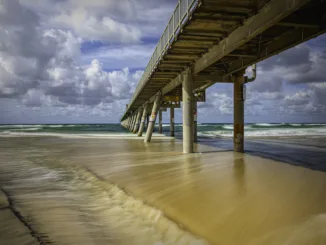
I would like to visit here.